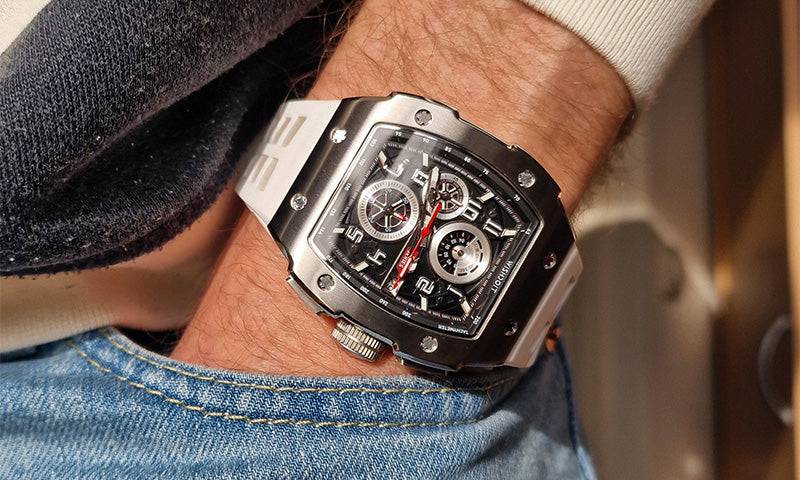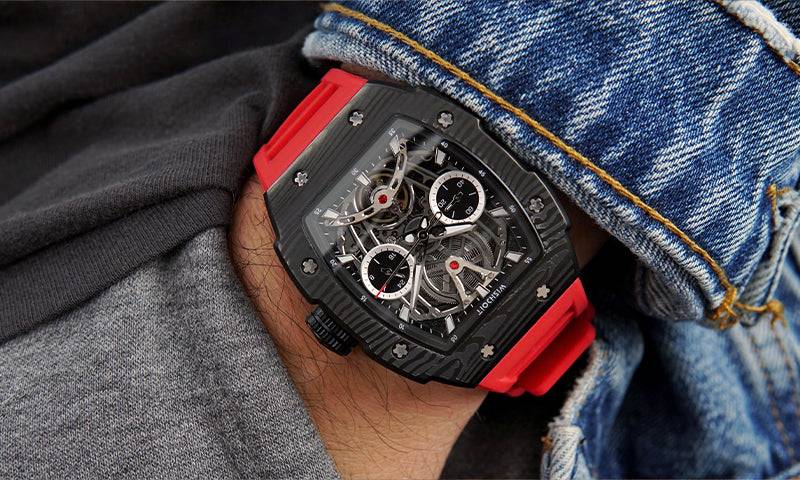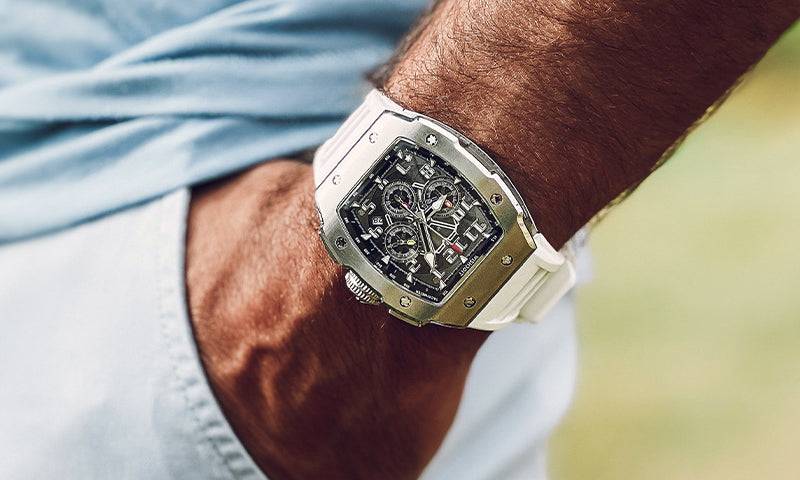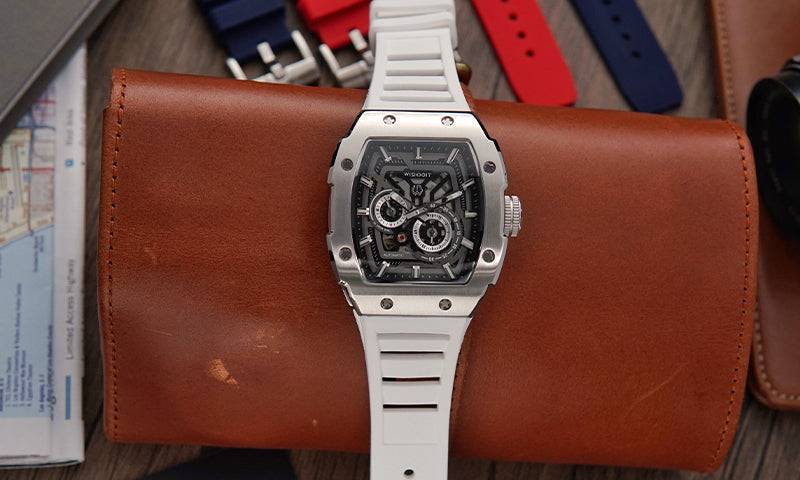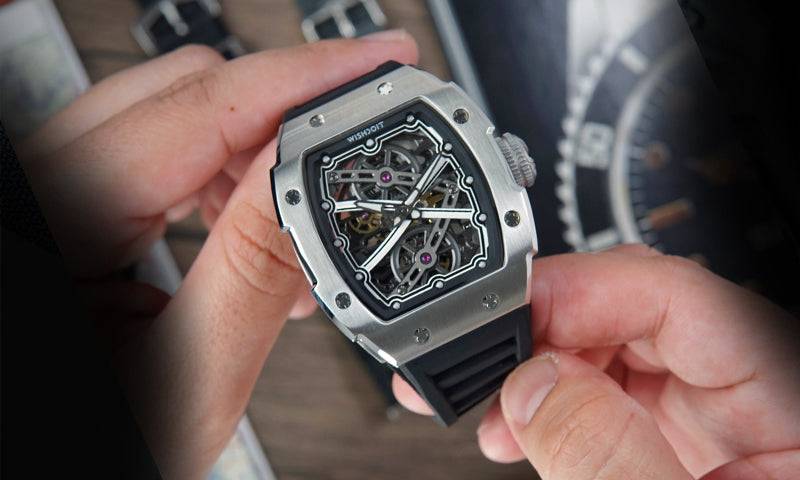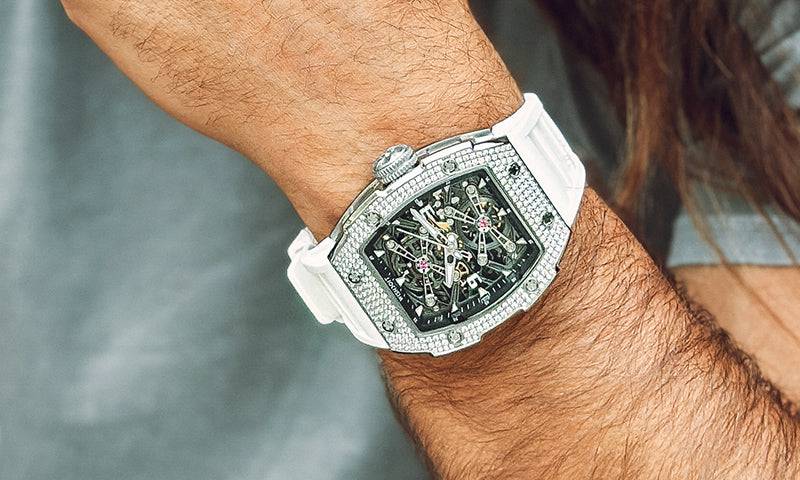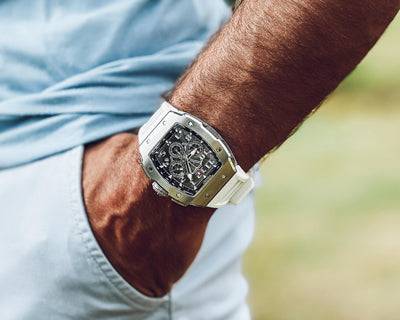There is such a man, he is a gamer and aviation pioneer. AlbertoSantos-Dumont once persuaded (and some said begged) his friend Louis CARTIER to make the first watch with a case that could meet a certain function, which was in 1904. However, it took many years for people to appreciate the design of advanced Santos watches. And Louis Cartier's other style, the 1916 tank shape, although it lacked recognition at the beginning, we have to say that it has played a non-negligible role in promoting the development of modern watches
In fact, the earliest style of watches was Art Deco, and in 1925, watches accounted for 35% of the market. At that time, it was the period of the new architectural style represented by the straight lines and simple shapes of Walter Gropius and others. The popularity of square watches at the time was no accident. The International Exhibition of Decorative and Industrial Art held in Paris at that time gave a name to the artistic style of this type of watch - Art Deco, that is, Art Deco. This is a style with precise functionality, miserly use of colors, cool tones of the metallic luster itself, and exquisite styling. A major factor that also had an influence on the style of watches during this period was the 1932 International Exhibition of Architecture at the Museum of Modern Art in New York.

The square watch reached its heyday in the 1930s, and it was at this time that the watch completely replaced the pocket watch. The only exception is the chronograph, which is bucking the fashion trend. While the technical limitations of the round case are almost mandatory, the lugs (or corners) leave room for artistic creativity. The chronograph buttons have also become indicative of styling, especially those that are not square. The traditional round case returned only occasionally, and at the time only because a round case could make the watch thinner and better water resistant. The space utilization of the round case is the highest, and it is also very suitable for waterproof design.
The 1950s were the age of automatic watches. Fang Biao disappeared overnight. But the watch factory still produces square watches for those customers who have a soft spot for each other's expressions. Beginning in the 1960s, when electronics began to creep into watches, even the most valuable models lost their charm. The reason is that the original square quartz movement required a large case. However, in order to meet the needs of the times, the angular shape of the quartz watch has completely lost its taste. The pursuit of maximizing space utilization results in a lack of quality. In the early 1970s, the large case design made the watch particularly eye-catching. Mechanical watches at the time were widely considered to be obsolete, and were also housed in contrived, angular cases. Many styles are also unnecessarily digital: the time is displayed with numbers (instead of hands and scales). This can also be regarded as an effort for the survival of mechanical watches.
The 1970s were a time of technological innovation in the watchmaking industry. But when it comes to styling, the 1970s is nothing to mention. Only the elite sports watch that started with Baume & Mercier's Rivera series and later represented by a series of luxury sports watches designed by Genta can be regarded as the rise of that era, and later became a classic style. In 1983, the Swiss watch industry celebrated the renaissance of its mechanical watches. Traditional styling is back. This shows that when it comes to time, shape always gets the most attention. The most popular high-end watches today are still those classic styles. The circle has the longest history, and the square watch has been over 100 years since the proposal of the player Santos.
You’ll also like:
Why we're adding some gems or Jewels to the inside of a tonneau watch




